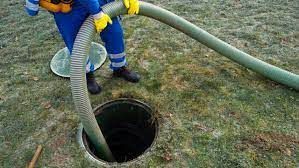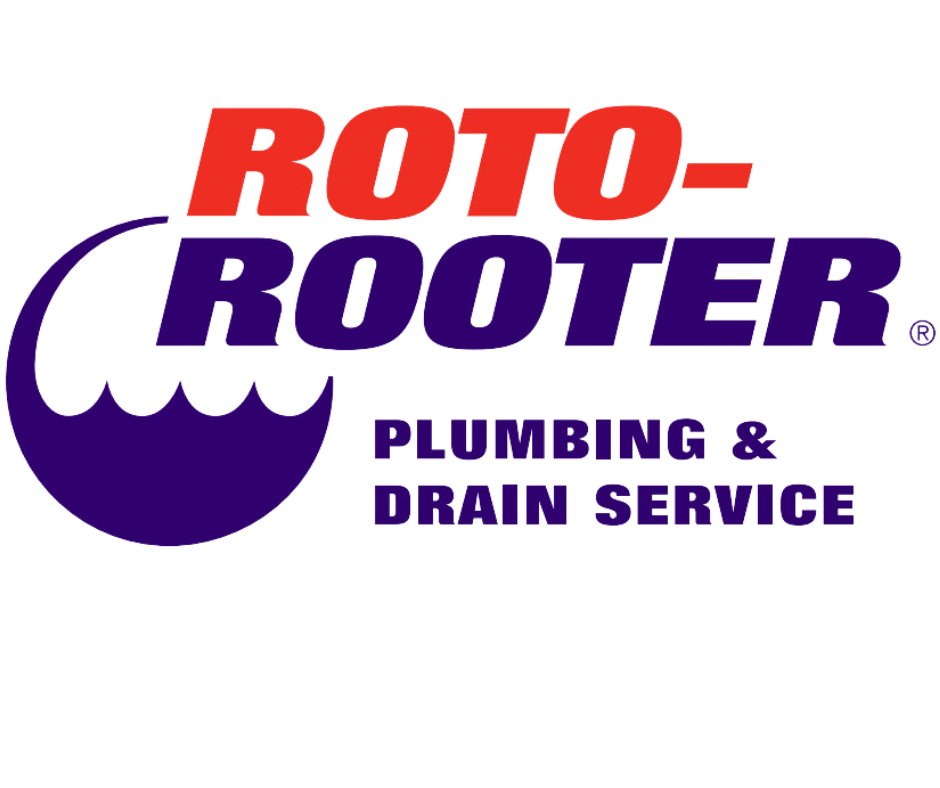
SEPTIC TANK BASICS FOR NEW HOMEOWNERS
Buying or building a new home is an exciting milestone! But the learning curve can be steep if the home has features you’ve never used before. Whether you’re purchased an existing home or you’re building a new home with a septic system, keep these basic tips in mind for installation and ongoing maintenance.
- If you’re building a new home, you’ll need to have the soil tested by the local health department before installing a septic system. Not all soils can be used to treat raw sewage. Your health department specialist will inform you of other options available if yours is not the proper type of soil to sustain a septic system. Perhaps your contractor will be able to haul in the proper soil. Be sure to coordinate this action with your health inspector so that all applicable building and health codes are followed.
- Moving into a new home with an excisting septic tank? Remember, the septic system was installed according to the size of the home and the number of occupants dwelling there. Typically, a system can handle around 50 gallons of waste per day. It is important that you know exactly how much your system can handle and then stay within those parameters. If you over-burden your septic system, the result could be flooding of the liquid waste from the tank.
- Depending on who you ask, opinions differ on whether it is important or necessary to use chemicals in your septic tank. If you aren’t sure, discuss this issue with your local Roto-Rooter professional. There may be some chemicals that are useful in keeping your sewer pipes clear. Your plumbing technician may also recommend chemicals that will treat the waste products in your tank.
The simplicity and efficiency of a septic system makes it an attractive addition to your home. Be sure to ask previous homeowners for records of septic system maintenance, repairs, pumpings and inspections. Most importantly, remember that septic tanks should be inspected and pumped every three to five years.
How a typical conventional septic system works:
- All of the water from your house runs out into one main drainage pipe into the septic tank.
- The septic tank is a water-tight container buried in your yard usually made of concrete, fiberglass, or polyethylene. The job of the septic tank, is to hold the wastewater just long enough to allow all of the solids to settle down to the bottom then forming into sludge. Oil and grease that do not sink to the bottom of the tank are left to float on the top form into scum. There are compartments and a T-shaped outlet that prevent the sludge and scum from leaving the tank to travel into the drainfield.
- The liquid wastewater known as effluent then exits the tank into the drainfield.
- The drainfield is a shallow, covered perforated pipe known as the Leach Line leading to unsaturated soil. The soil accepts, treats, and disperses wastewater as it percolates through the soil. If the drainfield is overloaded with too much liquid, it will flood, this will cause sewage to back up into the main sewer line to your home.
- And finally, as the wastewater percolates into the soil, harmful bacteria and viruses are naturally removed. According to the EPA, The bacteria known as Coliform bacteria which predominantly inhabit the intestines of humans or other warm-blooded animals, is an indication of human fecal contamination.



